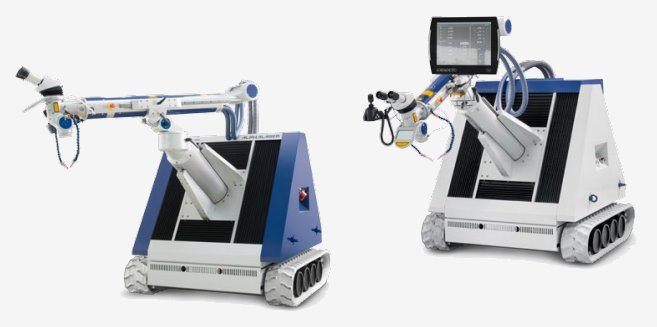Laser Cladding High Wear Parts
Many parts that undergo high levels of wear such as large bearings, drive shafts, caterpillar tracks, etc. are also high value. When they become worn out or damaged, replacing them can incur a high capital expense.
Economically, it makes sense to repair them. But practically, high wear parts are normally working in such extreme conditions, traditional repairs become not only expensive but provide only temporary benefits.
Enhanced laser cladding
With laser cladding (also known as laser deposition or powder deposit welding) it is now possible to rebuild worn or damaged parts. More than that, rebuild to the point where the part is restored to a level as good as its original condition.
High resilience
Laser cladding is the process of blowing a thin layer of metal powder and welding this onto an existing component through laser energy. It results in a pore-free and crack-free layer with low dilution and a small heat affected zone.
The thin layer of metal powder gives the workpiece higher resilience, more strength and a significantly increased service life. Industries that directly benefit include the tool and mould manufacturing industry, the automotive industry and the oil and gas sector especially with drill shaft repairs.
Fast and efficient

Our product partners, Alpha Laser, are renowned as pioneers in mobile laser systems.
With the addition of the Fraunhoffer cladding nozzle, their Alpha AL laser cladding machines can be easily set up for cladding applications. Once set up they will give a powder efficiency of up to 98% and a deposition rate of up to 500g/h.
By combining the cladding facility with mobility, large machinery and moulds can be fixed and maintained with minimal downtime.
Real time 3D
Mounted on caterpillar tracks, both the AL-ROCK and the AL-FLAK can be moved directly to the workpiece. Both have a long projecting robot arm to allow easy access to hard-to-reach places.
Using the scanner software, the operator can simply select the area required to be scanned. The robot then moves the scanner automatically to the marked area providing a real time 3D model.
The operator configures the process-relevant parameters. The program is then simulated virtually with the generated and confirmed program automatically sent to the robot.
Once programmed, the laser beam precisely follows the workpiece contour in free 3D movements. Weld edges, nubs, grain structures, or individual points can be easily hardened this way. There is practically no thermal load on the surrounding area, so distortion is kept to a minimum.
For full details of Alpha Laser’s Alpha AL machines and other laser cladding options, please contact sales@tlm-laser.com